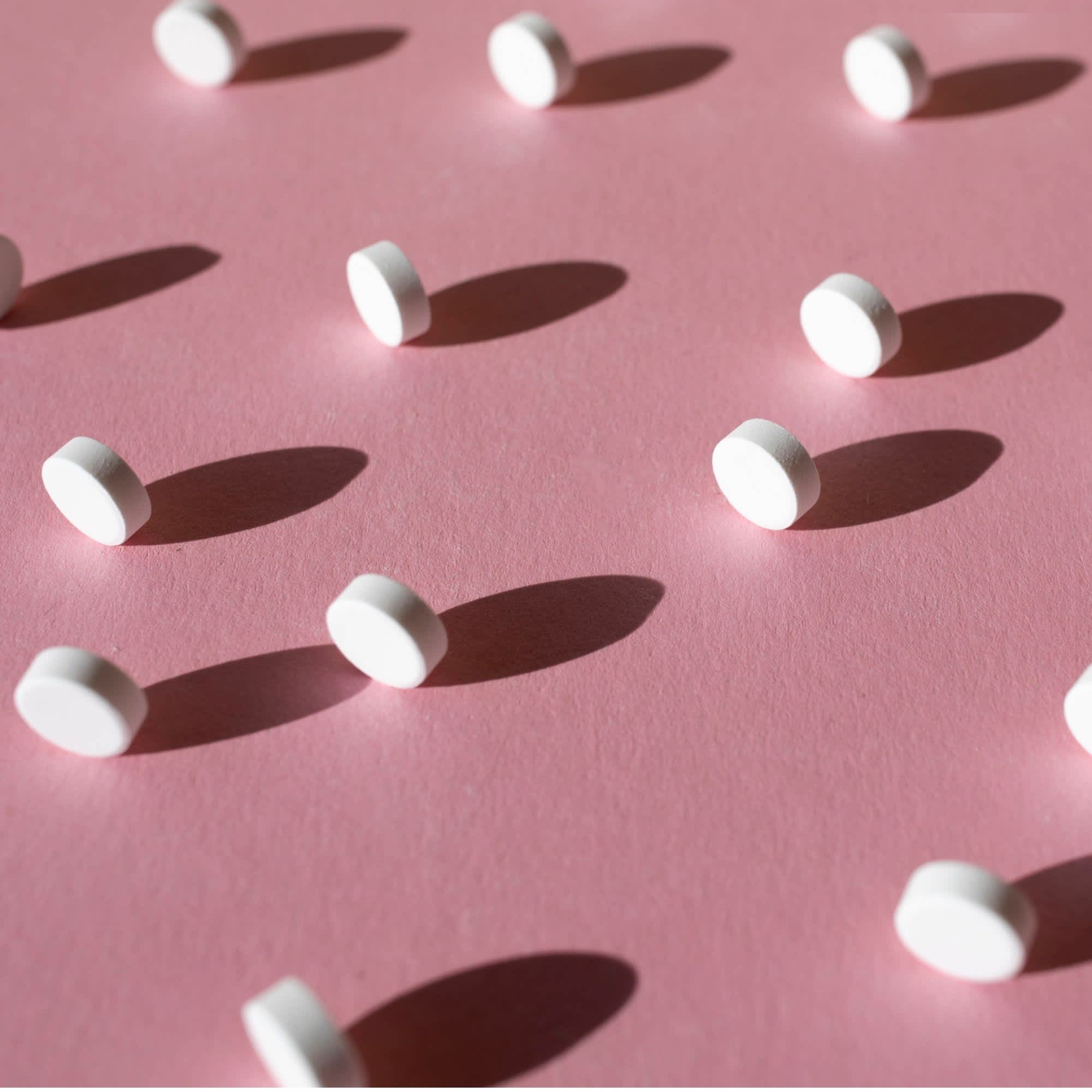
- POPSUGAR Australia
- Beauty
- High-Frequency Treatments For Acne – How Do They Work, and Are They Really Effective?
High-Frequency Treatments For Acne – How Do They Work, and Are They Really Effective?

You may have read about or heard about high-frequency facial treatments, which are a popular skin-care technique used to treat a variety of conditions. Or maybe you’ve at least seen the at-home, handheld devices that now seem to pop up in many Instagram feeds enticing you to buy them for brighter or clearer skin. But what exactly are they – and how exactly do they work for acne? More importantly, do they work against breakouts?
For answers, POPSUGAR spoke to three dermatologists for everything you need to know about high-frequency treatments. (TLDR: they can be helpful against some zits, but they are probably not the great panacea for cases of severe or chronic acne.)
How Do High-Frequency Treatments Work?
High-frequency treatments typically include a machine that emits electrical currents to the skin through a tiny wand; these currents heat up the sebaceous glands and use the process of oxygenation to eliminate acne-causing bacteria, said Gabriela Soza, MD, a board-certified dermatologist at Sadick Dermatology in New York City.
In particular, the devices have a particular gas inside that can generate a wavelength of light that emits a low level of electricity. People can then point the light at their acne, and it is meant to penetrate beneath the skin, said Rebecca Baxt, board-certified dermatologist at BAXT CosMedical.
What Are the Benefits?
This method has some serious potential, Dr. Soza said. Some benefits – which can be seen with regular treatments – include destroying acne-causing bacteria (and thereby decreasing breakouts), decreased inflammation and redness, a shrinkage in the appearance of enlarged pores, and a more efficacious diffusion of oxygen and nutrients, which leads to increased circulation that can stimulate collagen production. “Regulated sebum production equals less clogged pores, and less bacteria equals less acne,” she said.
The level of high frequency emitted to the skin depends on whether you’re getting the treatment in office or at home. (You’ll get higher energy, and therefore better results, with the former.)
What Are the Downsides?
While high frequency may be helpful in zapping bacteria on the skin and reducing inflammation, the at-home devices can be pricey – running about $50 to $200 – and take consistency in using them. Dr. Soza said the recommended treatment duration is anywhere from five to 20 minutes maximum per day, with a recommended frequency from a few days a week to daily. In-office treatments aren’t offered at every dermatologist’s office – a handful of dermatologists contacted by POPSUGAR do not offer such treatments – but are found at many salons or spas and usually run around $150 or $200 per in-office treatment, depending on your location.
More importantly, don’t expect high-frequency treatments and devices to be dramatically effective on their own. “Unfortunately, there are no real studies that prove the benefits of these devices or compare them to medical treatment, nor are there any studies that look at the long-term benefits,” said board-certified dermatologist Jerome Potozkin, MD. “You might not see the dramatic results you are hoping for.”
Dr. Baxt added that the treatment doesn’t help every kind of acne: “Acne comes in many varieties, and this treatment, if it worked well, would only be targeting red inflamed acne, not blackheads and whiteheads.”
The dermatologists we spoke with agree that the treatment may be beneficial for people with the occasional pimple but is likely not the best option for anyone who suffers from recurring or severe acne. “Acne is all about preventing breakouts, and high-frequency light treatment does not prevent acne, so I do not think it is effective as a great acne treatment,” Dr. Baxt said.
How to Make the Most of High-Frequency Treatments
High-frequency treatments can help complement a treatment regimen established by a board-certified dermatologist. For those with severe acne, Dr. Soza encourages combination therapies – which can include an at-home high-frequency device. If you’re looking for an at-home device, you may want to do your homework and get one that’s well-rated and well-reviewed – and not simply the cheapest version out there. “You’re likely to get better results and a device that lasts longer if you are willing to invest in a higher-quality device,” Dr. Potozkin said.
In-office treatments with more power can be more effective at acne treatment. At-home devices that only rely on blue light, as mentioned, are helpful for killing bacteria and can help with the occasional blemish, but they don’t show good efficacy for full-face treatment of acne. However, in-office treatments like photodynamic therapy, with a sensitizer such as levulan or ameluz, then the use of red or blue light, can be very effective for acne, Dr. Baxt said. “After a few treatments, it can put acne breakouts into a remission, thereby preventing them.”
Especially for people suffering from recurring or frequent acne, it’s best to see a dermatologist and get their advice on treatment, experts say. “Undertreated acne can lead to scarring, which is much more difficult to treat than acne itself,” Dr. Soza said.


